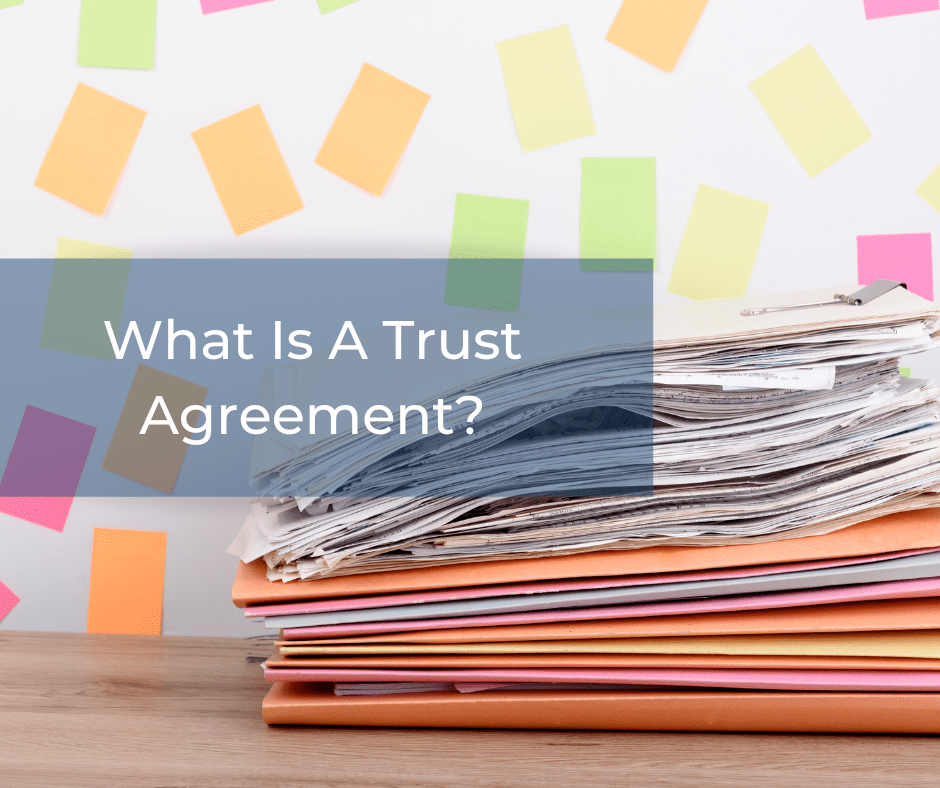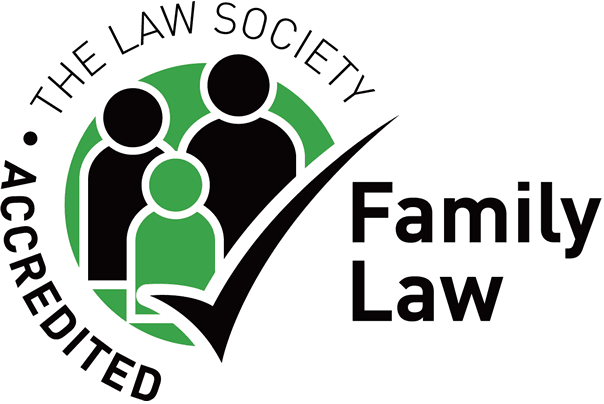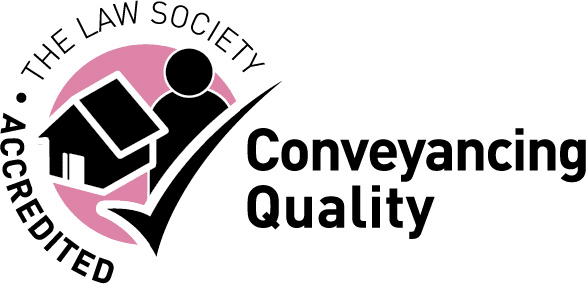
The Trust Registration Service (TRS) received 38,000 new trust registrations between 1 April 2021 and 31 March 2022. When it comes to protecting and managing assets, many people are asking what is a trust agreement.
As established and reputable Solicitors in South Wales, our experts have put together this quick and simple guide to help you understand what a trust agreement is, how it is set up and works and who it’s for.
A trust agreement is a legal document containing, terms, conditions and provisions that allows the trustor to transfer the ownership of assets to the trustee to be held for the trustor’s beneficiaries. The trustees will manage the property and assets on behalf of the beneficiary.
That’s the simple answer, but let’s dive into more details.
What is a trust agreement?
A trust agreement is a legally binding document that serves as the governing document for a trust.
It is commonly used to safeguard the assets in a trust and ensure they are managed and distributed to the intended beneficiaries, in accordance with the trustor’s wishes.
The trust agreement outlines the roles and responsibilities of trustees, how funds will be distributed, and any legal requirements that must be followed.
The trustee may be a person, an organisation, or even a bank.
What is in a trust agreement?
Anagreement contains three key components. Here’s an outline of what those elements are.
The major components of a trust agreement include:
- Trustee identification: This section identifies who is acting as a trustee, their responsibilities, and any limits to those responsibilities.
- Trust assets: This section identifies the types of assets in the trust, how they will be managed, and when and how distributions should be made.
- Beneficiaries: This section identifies who will benefit from the trust as well as how and when each beneficiary will receive distributions
It also details the rights and responsibilities of both parties, as well as any conditions or limitations on them.
Who arranges the trust agreement?
The agreement is usually written by a Solicitor and should include an introduction stating who created the trust, what its purpose is, and when it will come into effect.
It should also include the details of any parties involved, such as the Trustee (the individual responsible for managing and administering the trust) and the Beneficiaries (those who benefit from the trust).
If you’re interested in finding out more then Robertsons Solicitors have been helping to register trust agreements for many years. Give us a call now and we can help answer questions specific to your needs and requirements.
A trust agreement is a contractual document
It is a contractual document that establishes the terms of a trust, which is an arrangement in which you transfer some or all of your assets to a third party (the trustee) to manage and disburse according to your wishes.
It contains the terms, conditions and provisions under which the creator of the trust (known as the settlor or trustor) transfers their assets to trustees who will manage the property on behalf of the beneficiaries of the trust.
Three main types of trusts
To answer the question “what is a trust agreement” it’s worth outlining the types of trusts that a trust agreement would be created for.
In general, there are three main types of trusts and a trust agreement is required for all these instances to manage and oversee them.
Living or testamentary trust
A living or testamentary trust is created during the lifetime of the person who created it. The trust document states the terms and conditions of the trust, including how assets should be managed and distributed upon their death.
Revocable or irrevocable trusts
Revocable trusts are created during the lifetime of the grantor (the person who creates the trust) and can be revoked at any time. Irrevocable trusts cannot be changed or terminated once they have been set up.
Funded or unfunded trust
A funded trust has assets such as cash or investments that have been placed into the trust. An unfunded trust only has the legal document setting it up and no assets associated with it.
What a trust agreement contains
The agreement will outline the trustee’s duties and responsibilities, such as how to manage the assets and make decisions regarding:
- Investments or distributions
- Their legal responsibilities in managing the trust for the benefit of all beneficiaries
- Any taxes payable by the trust
- When and how to distribute income from the trust
- What happens when the trust ends
What a trust agreement is used for
They are mainly used by individuals, businesses and organisations to hold assets or funds securely.
Trust funds are designed to provide legal protection of the principal amount and ensure that it is managed as intended.
They can be set up for any purpose, such as to protect vulnerable beneficiaries, provide long-term care for children, or to regulate business investments.
Trusts can also be used by businesses, partnerships and charitable organisations to streamline the management of assets and funds.
Generally speaking, trust agreements are most commonly used in estate planning, to ensure that assets can be passed on to future generations in a tax-efficient manner.
They’re also used to protect the interests of minors or individuals who are unable to manage their finances.
Consider the purpose of the trust agreement
When setting up an agreement, it is important to consider the purpose of the trust, its management, and who will benefit from it.
The trust agreement should specify how the trust is to be managed and by whom. It should also include details about where the trust funds will be stored, who can access them and how, when and under what direction they are to be managed and distributed.
The trust agreement should also specify the duties of the trustee (the person or entity in charge of managing the trust).
These may include a duty to manage investments prudently, keep accurate records and follow the terms of the trust agreement.
When trust agreements are used
Trust agreements are often used when someone wants to protect their assets or pass them on to beneficiaries after death.
They can also be used for charitable donations, as well as for tax and estate planning purposes.
Often they are also used to provide for the care of minors or developmentally disabled individuals.
Benefits of a trust agreement
The agreements can provide a range of benefits, including protecting assets from creditors, avoiding probate court fees, and making sure assets are distributed according to the grantor’s wishes.
They can also provide a measure of control over how assets are used and managed. Trusts can be designed to last for just one lifetime or they could be designed to continue in perpetuity.
Who should set up a trust agreement?
Trust agreements are not just for the wealthy.
Many different types of people, including business owners and middle-class families, may benefit from setting up a trust agreement.
In general, anyone who wants to protect their assets or pass them on to beneficiaries after death should consider creating a trust agreement.
When should I create a trust agreement?
Creating an agreement is generally something that should be done when you have sufficient assets to protect, or if you are planning for the future and want to control how your assets will be used.
If you’re looking to protect your assets from creditors, create tax advantages, and provide for beneficiaries after death, setting up a trust agreement may be a good option.
An agreement is also beneficial for families with young children since it can provide the beneficiaries with security if early in their life something were to happen to you.
Additionally, if you have a business that you plan on leaving to family members or other heirs, setting up a trust agreement will help ensure its success.
The trust agreement typically outlines:
- Who will be the grantor(s), the trustee(s), and the beneficiary(ies)
- What assets are to be held in trust
- How the trust will be funded—either through a one-time transfer of funds or on an ongoing basis
- The purpose of the trust and what it is supposed to achieve
- When and how distributions from the trust will be made
- What happens to the trust when it terminates and how assets will be distributed
- Any other terms or conditions related to the trust agreement
Trust agreements are used for…
Trust agreements are registered for a variety of reasons, including to:
- Provide for minor children in the event of unexpected death or disability of one or both parents
- Transfer assets to another person or entity for their benefit
- Protect assets from creditors and bankruptcy
- Provide long-term care for an elderly family member, including medical expenses
- Minimise taxes on large estates through careful estate planning.
- Trust agreements can also be used to manage ongoing family business operations.
- They are often used to provide a secure structure for family-owned and controlled businesses, allowing the trustees to manage assets and liabilities on behalf of the trust beneficiaries.
- They can be used in charitable giving, where a donor may wish to ensure that their funds are used for specific purposes or given to particular individuals.
- Trust agreements are often established when someone is planning for the future, such as when they are elderly or have a terminal illness.
The agreement will detail how assets should be distributed after death and can include instructions on who is to manage the trust and how funds should be disbursed.
In some cases, a trust may also specify or restrict certain activities that could otherwise negatively affect its beneficiaries.
And finally…
So now you have an answer to the question “what is a trust agreement”. You might be considering arranging one yourself. It’s relatively easy to get started.
To get your trust fund started and your trust agreement drawn up, contact Robertsons Solicitors today so we can help you navigate through the process.







